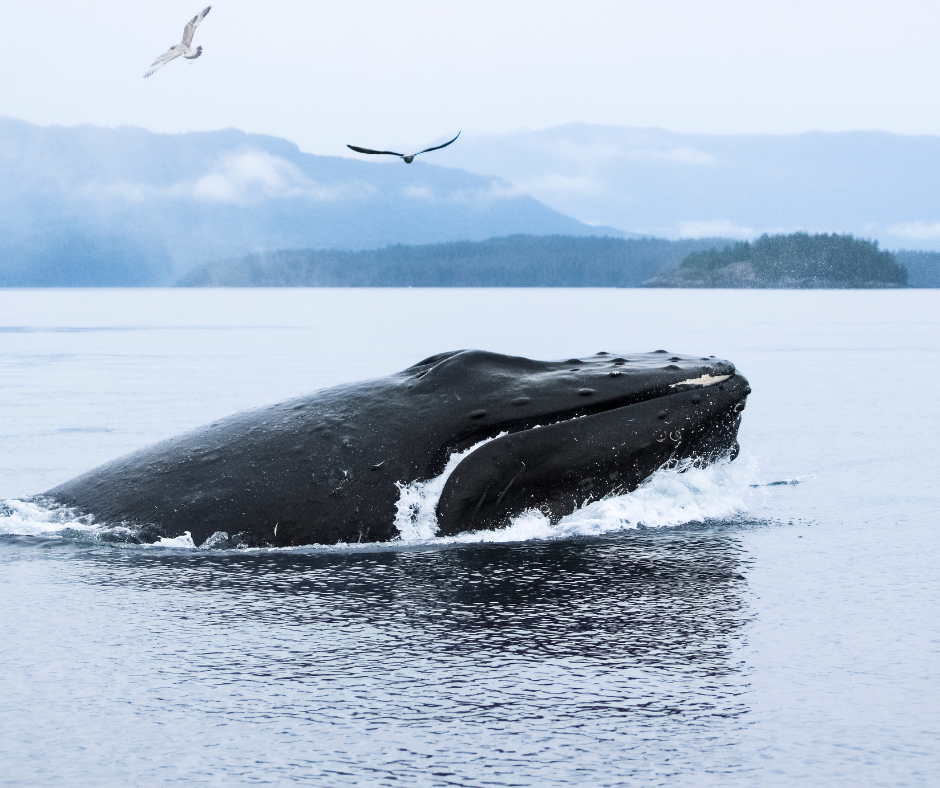In Durham, North Carolina, marine researchers have utilized newly analyzed data to map the density of the North Atlantic right whale, one of the most endangered large whale species. Led by Duke University's Marine Geospatial Ecology Lab, a collaboration of 11 US institutions combined 17 years of visual survey data covering 9.7 million square kilometers of the US Atlantic with auditory data from nearly 500 hydrophone recorders. This comprehensive approach allowed researchers to build a statistical model estimating whale density per square kilometer over time. Their findings, published in Marine Ecology Progress Series on March 20, 2024, aim to aid in preventing harmful interactions between whales and human activities like commercial fishing and vessel strikes.
Patrick Halpin, the lab's director, emphasized the importance of accurate mapping in safeguarding dwindling right whale populations from preventable harm. The study's statistical model, a revision of a 2016 version, incorporates new data to reflect changing migration and feeding patterns, addressing gaps in protection measures for marine life. Jason Roberts, lead author and Duke research associate, highlighted the significance of increased aerial survey data and evidence from hydrophones in revealing shifts in whale distribution.
The research contributes to NOAA Fisheries' efforts to assess and mitigate risks posed to large whales by activities such as fishing and vessel traffic. With right whales crucial to maintaining marine ecosystem health, their declining population due to factors like climate change underscores the urgency of protective measures. Despite legislative safeguards like the Marine Mammal Protection Act, right whale deaths, primarily from entanglements and vessel strikes, remain a pressing concern. NOAA Fisheries and the US Navy jointly funded the study, reinforcing collaborative efforts to address the critical plight of North Atlantic right whales.
Source: Duke University (April 12, 2024). Where Have All the Right Whales Gone? https://nicholas.duke.edu/news/where-have-all-right-whales-gone


